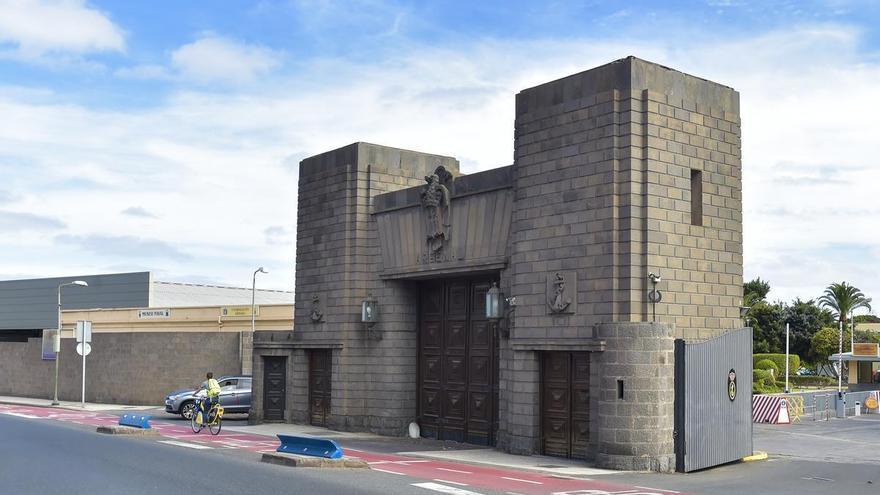
I have exhausted all hypotheses –political, economic, ideological, psychopathological– to explain the adamant defence that the current (and previous) municipal government of Santa Cruz has made of the vile Francoist Monument standing at the intersection of the Ramblas and Anaga Avenue. The Executive led by Ángel Víctor Torres approved a catalogue of Francoist symbols that had the technical endorsement of historians and university researchers. Naturally, the immediate consequence of such a catalogue was the removal of what remained of Francoist symbology and references in the municipality, which still constituted (and continues to be) a significant nomenclature. To mention again the eyesore on Anaga Avenue, there is not a provincial capital in Spain that boasts a monumental piece exalting Franco as the glorious slaughterer of the nation. Not one. Except, of course, Santa Cruz de Tenerife. Now the City Council of Santa Cruz seems on the verge of, scurrying through the four corners of the courts, definitively annulling the aforementioned catalogue.
While some organizations that vociferated in red yesterday objected to the catalogue with dense legal arguments in their judicial appeals, the Mayor, José Bermúdez, found a staggering reason not to remove mentions or vestiges, let alone the monstrosity of Juan de Ávalos: that a catalogue of Francoist remains had not been made in Las Palmas of Gran Canaria, or at least, had not been approved. It is an argument worthy of Faemino and Cansado:
– Why should I remove the remaining Francoist symbolism from the streets and squares of my city? And why me first? Let Las Palmas start, for once.
[–>
It’s as if Bermúdez considers defrancoizing the streets of Santa Cruz a heavy burden, a painful sentence imposed on his team and unfairly spared from the other capital of the Canaries. As a subterfuge, it is of scandalous conceptual poverty. It’s as if the mayor of Santa Cruz would be bothered by dealing with his fascists first. In reality, any democrat would like to be the first in this task. Almost half a century has elapsed since Francisco Franco passed away. This city, where I write, let over thirty long years go by before removing from the facade of the former General Captaincy the marble plaque that read: “From this Captaincy, the Generalissimo began the glorious movement of national liberation…”. Too much time has passed. There has been inconceivable respect shown for the dirty footprints of fascism in this city. It is tiresome to remind that hundreds of people from Santa Cruz were imprisoned, humiliated, tortured, and murdered by the Francoist coup. Hundreds. In the depths of the old fishing village bay, the bones of the kidnapped and extrajudicially killed rotted. This was not a war zone, and no two armies clashed in Tenerife. This was a hungry island where ferocious, indiscriminate, bestial, and terrifying repression was exercised. The aim was to suffocate a clumsy and incipient democracy in the baptismal font, to sow fear so that no one here would move a muscle for decades. It is extraordinarily difficult to understand that the mayor of this city, Mr. Bermúdez, and his deputy mayor, Mr. Tarife, do not grasp that they are blatantly failing a political and moral duty by stubbornly locking themselves into irrelevant defiance on this matter. And it is not a trivial, side or nostalgic issue. The memory of a people, their losses, sufferings, and sacrifices, their victims and their executioners, are never inconsequential. It is called identity. It is a matter of respect: respect for the victims of Francoism, respect for the memory of a people’s dignity, and even for the respect that the democratic representatives of the citizenship should always uphold for themselves.
Subscribe to continue reading
















